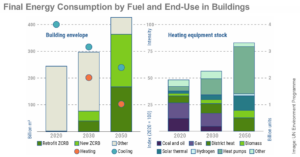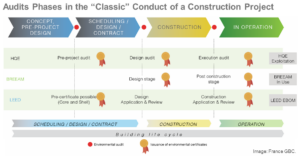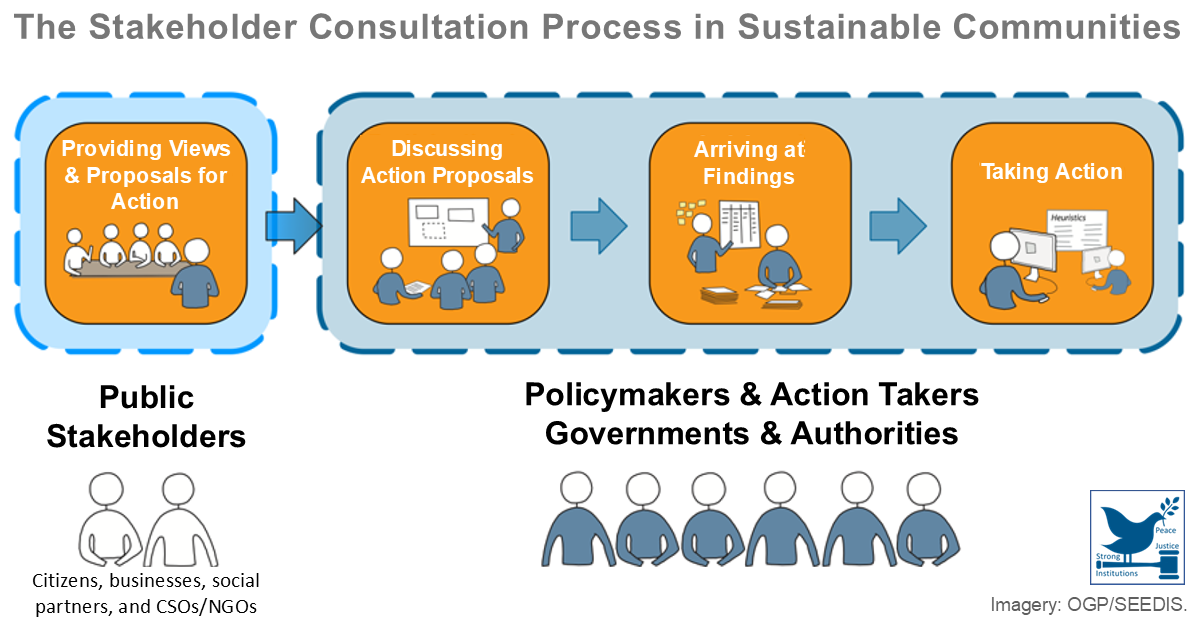COP26 Climate Summit: A Scientists’ Guide to a Momentous Meeting
During COP26 – the 26th UN Climate Change Conference of the Parties – government officials and business leaders will present their latest commitments to cut greenhouse-gas emissions. Scientists will also discuss efforts to track emissions, understand impacts, and advance potential climate solutions. With its traditio ...
Posted on 28/10/21

Why the Building Sector?
To meet 1.5° climate targets of the Paris Agreement by 2040, we must eliminate all CO2 emissions from the building sector. Why the built environment? Buildings generate nearly 40% of annual global GHG emissions. Of emissions, building operations are annually responsible for 28% while building materials and construct ...
Posted on 28/10/21

UN Climate Change Conference (COP26)
COP26 is the 26th United Nations annual climate change "Conference of Parties" (COP) to build awareness and stimulate dialog on climate action and participation. The United Nations Framework Convention on Climate Change (UNFCCC) is among the largest international meetings of governments, the private sector and civil s ...
Posted on 20/10/21
Level(s) – European Framework for Sustainable Buildings
Level(s) is a simple entry point for applying circular economy principles in our built environment and a flexible solution for identifying sustainability hotspots and for future-proofing projects and portfolio. It provides a common language for assessing and reporting on the sustainability performance of buildings. Lev ...
Posted on 22/07/21

Sustainable Construction Investment, Real Estate Development, and COVID-19: A Review of Literature in the Field
Studies show that consumption by buildings attributable to real estate development around the world is 30-40% per year. As much as 50% of minerals from natural resources is consumed by the construction industry. Real estate development produces around 33% of atmospheric CO2 while construction and building operations ...
Posted on 22/07/21
Postings2025-01-08T09:00:41+02:00

